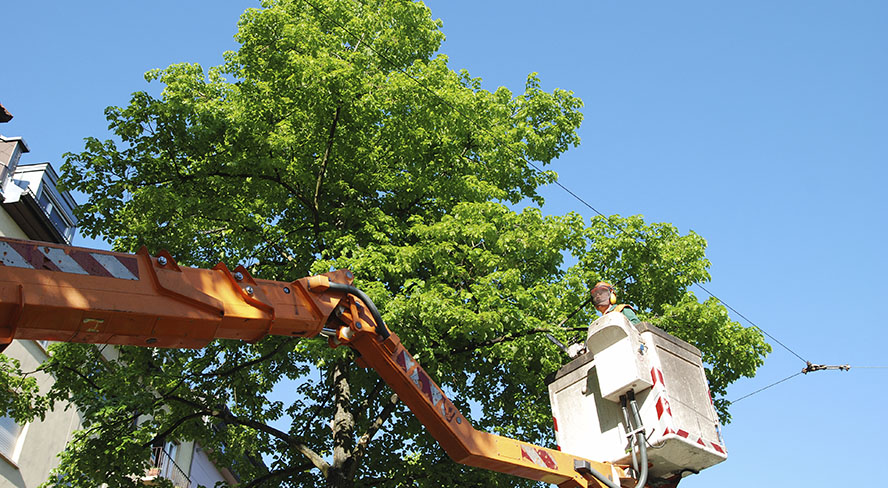Crane accidents are common. Some are minor while others are major. When you are looking for a crane for rent, you should be aware of these accidents and how you can prevent them from coming about.
Which are the most common accidents?
Some accidents are more common than others. The most common ones are:
Trips and falls: These happen when workers working with the cranes trip and fall. Trips and falls are common in construction sites where there is uneven terrain, use of ladders, roofs, and other hazards. As you might have guessed, when people fall on the site, they can be hurt by the crane. The people can also be hurt by the materials that the crane is carrying.
Falling objects: Objects are likely to fall on the people working on the site when they are improperly attached to the crane. Experts observe that these accidents often come about in two main groups: the highly experienced ones and the novices.
The highly experienced professionals tend to believe that they have mastered the art of rigging thus tend to ignore some of the safety measures such as properly attaching the objects. When it comes to the novices, they don’t understand how to do it properly thus the objects fall from the crane.
When the objects fall, they cause serious injuries or even death.
Exhaustion: If you have been on a construction site or any other site where you are using cranes you will agree with me that you are bound to suffer from exhaustion. This is because people tend to work for long hours. As you might be aware, when you are exhausted you tend to compromise even on vital things such as your safety.
Are there major causes of accidents?
Yes, crane accidents often come about due to specific reasons. These include:
Operator errors: If this is the first time you are renting a crane you should know that renting a crane isn’t enough—you also need to ensure that the crane is operated by the right professional.
Accidents resulting from operator errors come about due to hiring the wrong professional. In most cases, if you have hired an inexperienced contractor, the contractor is most likely to make errors that not only put you and your colleagues in danger, the errors can also lead to damage to the crane.
For you to be on the safe side, always ensure that you hire an experienced professional who will operate the crane for you.
Improper set up of the crane: You are bound to cause an accident when you improperly set up the crane. Improper setups are common on uneven grounds where the workers place the cranes on unstable areas where they are likely to slip.
For you to avoid accidents from coming about you should ensure that you place the crane on stable ground. As rule of thumb, ensure that the ground can carry the weight that you are looking to lift.
You also should ensure that you make the correct blocking and cribbing. The correct size of outrigger and crane pads should be in place.
Inside the cab, ensure that the load moment indicator that monitors the real-time information about the boom angle, load weight, and other factors is properly calibrated.
Failure to assess the hazards on the site: Finally, you are bound to have accidents if you don’t assess the hazards on the work site. Are there strong winds, electric wires and other dangers on the site? You should carefully assess them and find a safe path.
How can you prevent accidents from coming about?
We have already mentioned a number of things you can do to prevent accidents from coming about. In addition to the above-mentioned tips, other things you can do include:
Undertaking safety meetings: Before you start using the crane, rigging services providers recommend that you undertake a safety meeting where you go through the safety hazards on the site and what you can do about them.
Don’t just have one meeting. If the project runs for a long time, you should have a meeting at least twice a month. This is to refresh the workers on what they are expected to do.
Wear protective gear: Hard hats, reflective jackets, and other attire are integral for the safety of the people working on the site.

